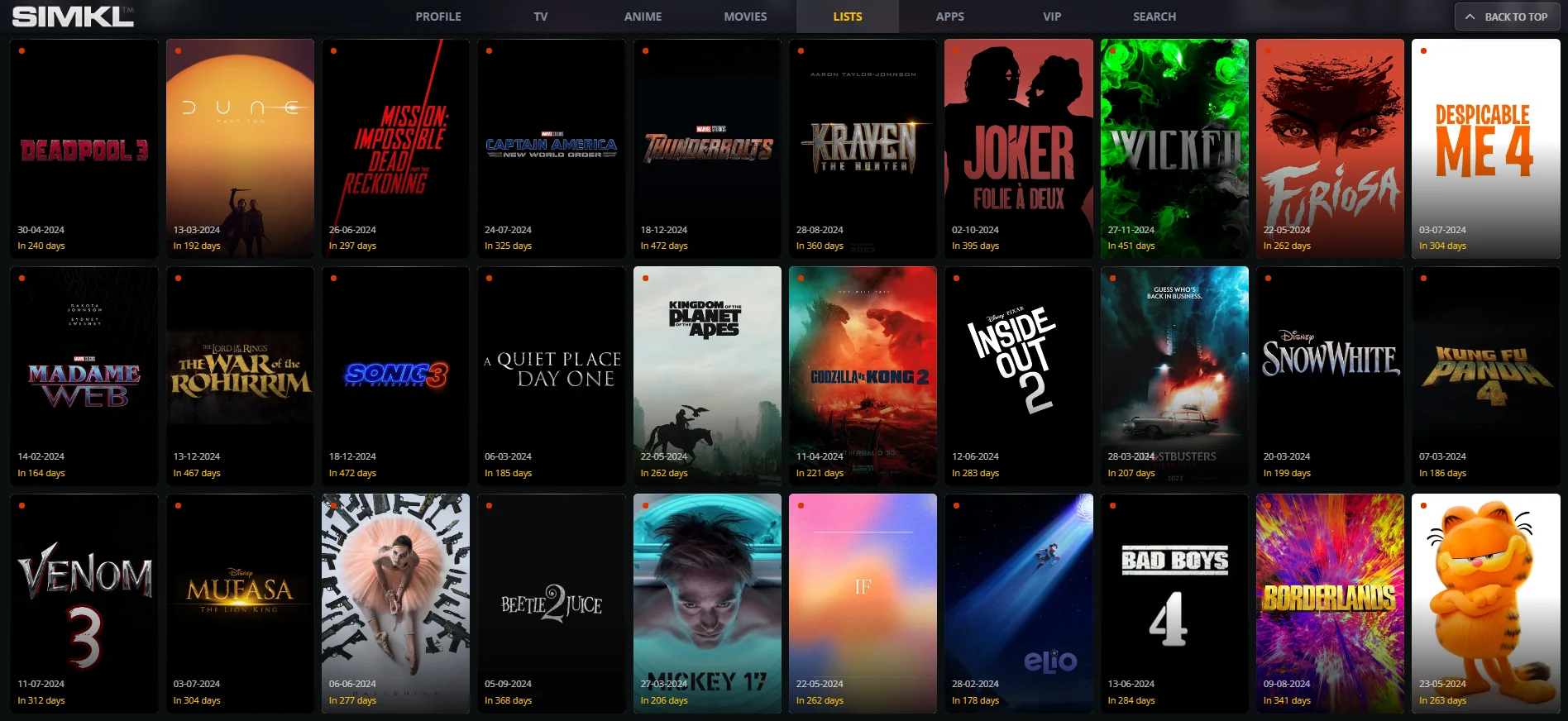LBW Rules Simplified: Everything You Need to Know About LBW in Cricket

Cricket is a sport filled with fascinating rules and strategies, and one of the most talked-about aspects is the LBW rule. If you’ve ever watched a cricket match and wondered why the umpire raised their finger after a ball hit the batter’s leg, you’ve encountered LBW in action. But what exactly does LBW mean, and how does it affect the game?
In this article, we’ll break down LBW rules, explain what LBW stands for, and provide an easy-to-follow guide on this critical cricket regulation. Whether you’re a beginner or a long-time fan, this is your ultimate resource to understand LBW in cricket.
What Does LBW Mean?
Let’s start with the basics. LBW stands for "Leg Before Wicket" in cricket. This rule determines whether a batter is out when the ball strikes their leg (or any other part of the body, excluding the bat or hand) before hitting the stumps.
Introduced in the early 19th century, the LBW rule was created to prevent batters from using their bodies to block the ball from hitting the wickets. While it might seem straightforward, the decision-making process behind an LBW dismissal can be complex.
Why Are LBW Rules Important?
LBW rules play a crucial role in maintaining fair play in cricket. Without this rule, batters could unfairly defend their wickets with their legs, making it nearly impossible for bowlers to get them out.
It also adds an exciting element to the game. Watching bowlers strategize to trap a batter LBW and umpires carefully analyze appeals makes cricket thrilling and unpredictable.
The LBW Rule Explained
Understanding LBW in cricket comes down to five main criteria:
-
Pitching of the Ball
The ball must pitch (bounce) either in line with the stumps or outside the off-stump. If it pitches outside the leg-stump, the batter cannot be out LBW. -
Impact
The ball must make contact with the batter’s body in line with the stumps. If the ball hits the batter outside the line of off-stump and they’re attempting a shot, the LBW appeal is usually rejected. -
Path of the Ball
The ball must be heading toward the stumps after hitting the batter. Modern technology, like ball-tracking systems, helps umpires determine this with precision. -
No Edge
If the ball touches the bat (or hand holding the bat) before hitting the batter, the player cannot be out LBW. -
Shot Attempt
If the batter is hit outside the off-stump line but wasn’t attempting a shot, the umpire may still give them out, provided other conditions are met.
How Umpires Decide on LBW
LBW decisions rely heavily on the on-field umpire's judgment. However, modern cricket uses technology to ensure accuracy. Here's how it works:
- On-field Appeal: The bowler appeals to the umpire, usually with a loud “How’s that?”
- Decision: The umpire considers the above criteria before making their decision.
- DRS (Decision Review System): Teams can challenge an LBW decision using the DRS, which utilizes ball-tracking technology, UltraEdge, and slow-motion replays.
Common Misconceptions About LBW
Despite its importance, LBW is often misunderstood. Let’s clear up some common myths:
-
Myth 1: The batter is always out if the ball hits their pads.
Reality: It depends on the ball’s trajectory, pitching, and other factors. -
Myth 2: The batter must always attempt a shot to avoid LBW.
Reality: A batter can still be out even without attempting a shot if hit in line with the stumps. -
Myth 3: The ball must hit the legs for LBW to apply.
Reality: Any part of the body (except the bat or hand holding the bat) can result in LBW.
Key Strategies for Bowlers to Achieve LBW
LBW is a bowler’s weapon for outsmarting batters. Here are some strategies bowlers use:
- Targeting the Stumps: Aiming for deliveries that are straight and full increases the chance of LBW.
- Swing and Seam Movement: Swinging or seaming the ball can trap batters off guard.
- Deceptive Variations: Using slower balls or yorkers can catch batters off balance, leading to LBW.
Tips for Batters to Avoid LBW
Batters can minimize the risk of being out LBW by:
- Footwork: Moving their feet effectively to get to the pitch of the ball.
- Reading the Bowler: Anticipating the bowler’s strategy and adjusting accordingly.
- Playing Shots on Merit: Avoiding unnecessary defenses when the ball is heading toward the stumps.
LBW in Modern Cricket
With advanced technology like Hawk-Eye and UltraEdge, LBW decisions have become more accurate. According to statistics, about 15-20% of dismissals in cricket matches are LBW.
These tools have reduced errors and made the game fairer, ensuring that bowlers and batters are judged correctly.
What's Your Reaction?


















